-
 Bitcoin
Bitcoin $119,635.3540
2.86% -
 Ethereum
Ethereum $3,359.4174
9.91% -
 XRP
XRP $3.0677
5.99% -
 Tether USDt
Tether USDt $1.0006
0.07% -
 BNB
BNB $710.1234
3.73% -
 Solana
Solana $174.5122
7.97% -
 USDC
USDC $1.0000
0.01% -
 Dogecoin
Dogecoin $0.2103
8.69% -
 TRON
TRON $0.3048
1.62% -
 Cardano
Cardano $0.7690
5.06% -
 Hyperliquid
Hyperliquid $48.2150
1.82% -
 Stellar
Stellar $0.4746
5.90% -
 Sui
Sui $4.0594
1.89% -
 Chainlink
Chainlink $17.0022
7.86% -
 Hedera
Hedera $0.2409
4.54% -
 Bitcoin Cash
Bitcoin Cash $503.9665
3.25% -
 Avalanche
Avalanche $22.7584
6.29% -
 Shiba Inu
Shiba Inu $0.0...01437
6.83% -
 UNUS SED LEO
UNUS SED LEO $8.7879
-2.65% -
 Toncoin
Toncoin $3.1816
5.60% -
 Litecoin
Litecoin $99.6804
5.57% -
 Polkadot
Polkadot $4.2190
5.30% -
 Monero
Monero $331.2116
-1.58% -
 Pepe
Pepe $0.0...01385
11.94% -
 Uniswap
Uniswap $9.2523
2.02% -
 Bitget Token
Bitget Token $4.7003
4.99% -
 Dai
Dai $1.0001
0.01% -
 Ethena USDe
Ethena USDe $1.0007
0.03% -
 Aave
Aave $332.9187
2.84% -
 Bittensor
Bittensor $443.9676
4.09%
How to optimize the network latency of LTC mining?
Optimizing Litecoin mining profitability requires minimizing network latency by upgrading hardware, improving internet connection speed, using efficient mining software and pools, and strategically monitoring performance for optimal results.
Mar 16, 2025 at 01:30 am
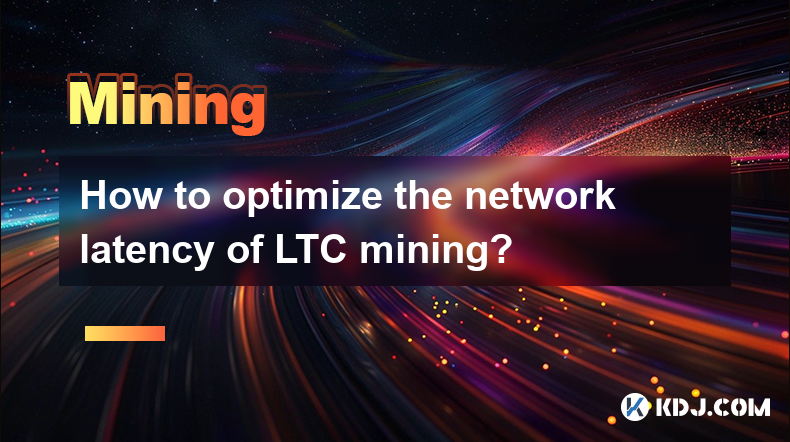
Key Points:
- Understanding the factors contributing to high latency in Litecoin mining.
- Optimizing hardware for reduced latency.
- Network configuration adjustments for improved connection speed.
- Software optimization techniques to minimize latency.
- Utilizing efficient mining pools and strategies.
How to Optimize the Network Latency of LTC Mining?
Litecoin (LTC) mining profitability is significantly impacted by network latency. High latency means slower transaction confirmation times and reduced block rewards. Optimizing latency is crucial for maximizing mining efficiency and profitability. This involves addressing several key areas.
Understanding Latency Sources in LTC Mining
Network latency in Litecoin mining stems from various sources. These include the physical distance between your mining rig and the Litecoin network's servers, the quality of your internet connection, and network congestion. The processing power of your hardware also plays a role, as slower processing leads to delayed response times. Understanding these factors is the first step to optimization.
Optimizing Hardware for Reduced Latency
The hardware you use directly impacts your mining performance and latency. Choosing a high-performance GPU with a fast memory clock and sufficient VRAM is essential. Ensure your CPU is also capable of handling the computational demands of mining. Overclocking your hardware (carefully and within safe limits) can boost processing speed and reduce latency, but remember that stability is paramount. Avoid overheating, which can dramatically increase latency and damage your equipment.
Network Configuration for Improved Connection Speed
Your internet connection is a major factor influencing latency. A high-speed, low-latency internet connection is paramount. Consider upgrading your internet plan for faster speeds and lower ping. Using a wired connection (Ethernet) instead of Wi-Fi significantly reduces latency due to its greater stability and speed. Experiment with different DNS servers to find one that offers the lowest ping times for the Litecoin network. Properly configured routers and firewalls are also essential to prevent interference.
Software Optimization Techniques
Mining software plays a significant role in latency. Choose a reputable and well-optimized mining software. Regularly update your software to benefit from bug fixes and performance improvements. Configure your mining software correctly, paying close attention to parameters like the mining pool's server address and the number of threads used for mining. Using a dedicated mining operating system can also improve performance and reduce resource conflicts. Monitor your software's performance metrics to identify and address any bottlenecks.
Efficient Mining Pools and Strategies
The mining pool you choose impacts your latency. Pools closer to your geographical location often exhibit lower latency. Look for pools with a robust infrastructure and a proven track record of reliable performance. Furthermore, consider your mining strategy. Using effective techniques like efficient stratum switching and avoiding unnecessary network communication can reduce latency.
Utilizing Specialized Mining Hardware
ASICs (Application-Specific Integrated Circuits) are designed specifically for cryptocurrency mining, often offering significantly lower latency compared to GPUs. While ASICs can be expensive, their superior efficiency can offset the initial cost in the long run, especially for dedicated Litecoin mining. However, ensure your ASIC is compatible with your mining software and power supply.
Monitoring and Troubleshooting
Regularly monitor your mining rig's performance using dedicated monitoring software. This allows you to track latency, hash rate, and other key metrics. Identify and address any issues promptly. Use tools that provide detailed network diagnostics to pinpoint the source of high latency. Consider logging your network activity to detect patterns or anomalies.
Frequently Asked Questions:
Q: What is the ideal latency for LTC mining? A: There's no single ideal latency. Lower is always better, but aim for the lowest possible latency your setup allows. Anything under 100ms is generally considered good, but optimal latency depends on your specific hardware and network conditions.
Q: Can I use a VPN for LTC mining? A: Using a VPN might introduce additional latency, so it's generally not recommended unless absolutely necessary for security reasons in specific circumstances. The added latency can significantly impact your profitability.
Q: How often should I update my mining software? A: Regularly update your mining software whenever new versions are released. Updates often include performance improvements and bug fixes that can significantly reduce latency and improve stability.
Q: What are the signs of high latency in LTC mining? A: Signs include slower than expected block submission times, dropped shares, increased orphaned blocks, and reduced overall profitability. You can also monitor your network latency using various tools.
Q: Can overclocking damage my hardware? A: Yes, overclocking can damage your hardware if not done carefully and within safe limits. Always monitor temperatures and voltages closely to prevent overheating and damage.
Q: What is the role of a mining pool in latency? A: Your choice of mining pool influences your latency. A well-maintained pool with servers geographically closer to you will generally result in lower latency. Pool infrastructure and the efficiency of their communication protocols play a crucial role.
Disclaimer:info@kdj.com
The information provided is not trading advice. kdj.com does not assume any responsibility for any investments made based on the information provided in this article. Cryptocurrencies are highly volatile and it is highly recommended that you invest with caution after thorough research!
If you believe that the content used on this website infringes your copyright, please contact us immediately (info@kdj.com) and we will delete it promptly.
- Shytoshi Kusama's AI SHIB Whitepaper: Decoding the Future of Shiba Inu
- 2025-07-17 02:30:12
- SpacePay: Revolutionizing Crypto Payments for a 2025 World
- 2025-07-17 02:30:13
- Bitcoin, Crypto, and Rate Cut Hopes: A Bullish Brew for the Summer?
- 2025-07-17 00:30:12
- Dogecoin vs. Ruvi AI: Why Audited AI Tokens Are the Future
- 2025-07-17 00:50:12
- BlockDAG, No Vesting, Kas ATOM: Crypto Summer's Standout Story?
- 2025-07-17 01:10:13
- Crypto Spotlight: Unilabs Finance Shines Amid Cardano's Uncertainty
- 2025-07-17 00:50:12
Related knowledge
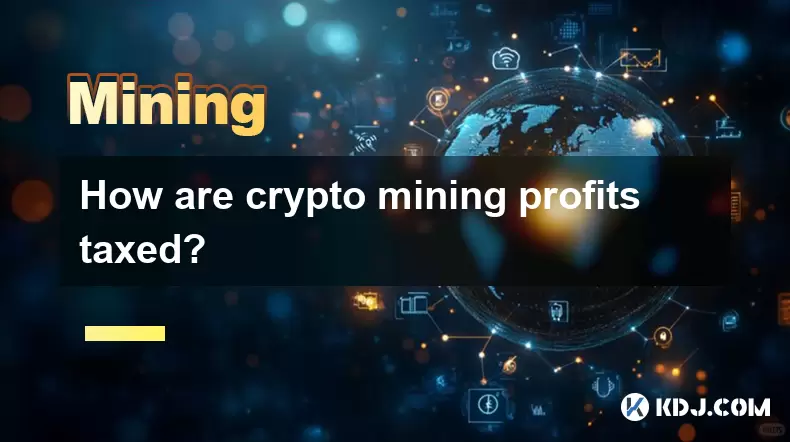
How are crypto mining profits taxed?
Jul 14,2025 at 12:28am
Understanding Cryptocurrency Mining and TaxationCryptocurrency mining involves validating transactions on a blockchain network and earning rewards in ...
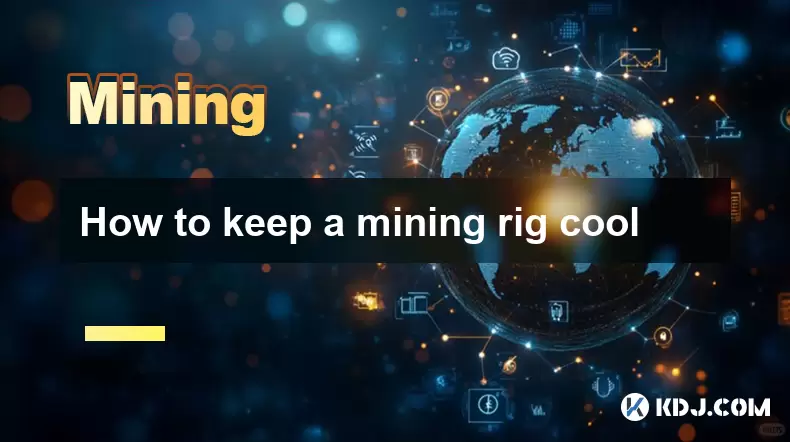
How to keep a mining rig cool
Jul 12,2025 at 01:42pm
Understanding the Importance of Cooling in Mining RigsCryptocurrency mining is an intensive process that places heavy demand on hardware components, p...
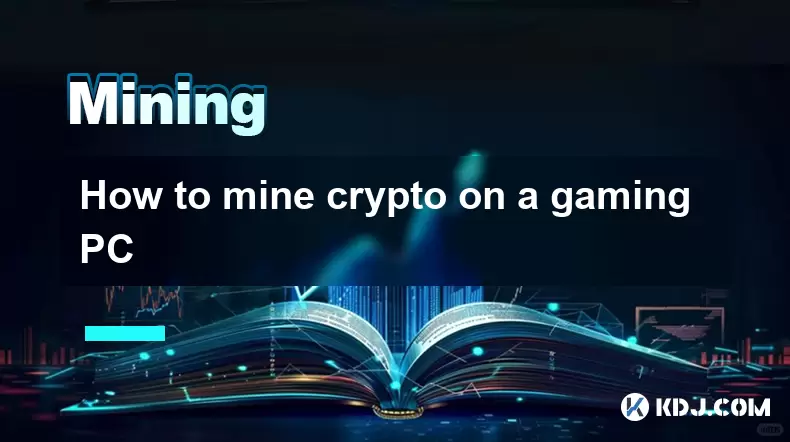
How to mine crypto on a gaming PC
Jul 16,2025 at 12:00pm
What is Crypto Mining on a Gaming PC?Crypto mining involves using your computer's processing power to validate transactions on a blockchain network. A...
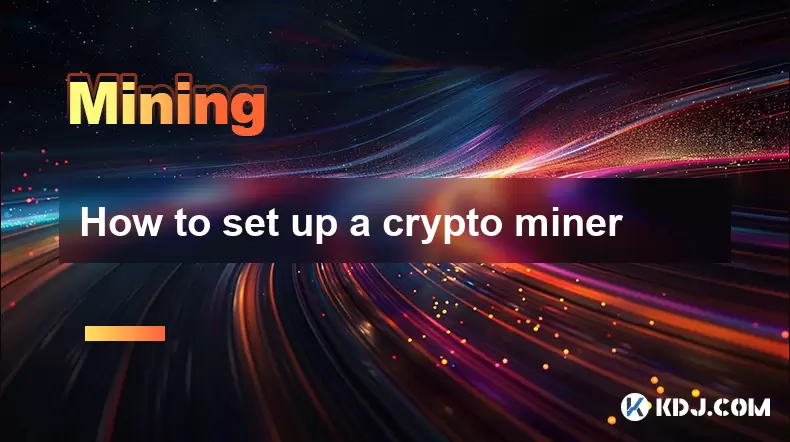
How to set up a crypto miner
Jul 16,2025 at 09:14am
Understanding Ethereum Gas Fees: What Are They and How Do They Work?Ethereum gas fees are a fundamental aspect of the network, representing the cost r...
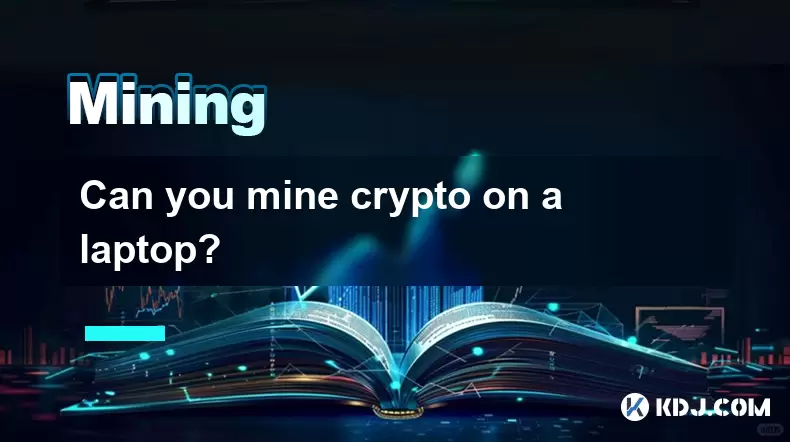
Can you mine crypto on a laptop?
Jul 16,2025 at 02:21am
Is It Feasible to Mine Cryptocurrency on a Laptop?Mining cryptocurrency on a laptop is technically possible, but feasibility depends heavily on the ha...
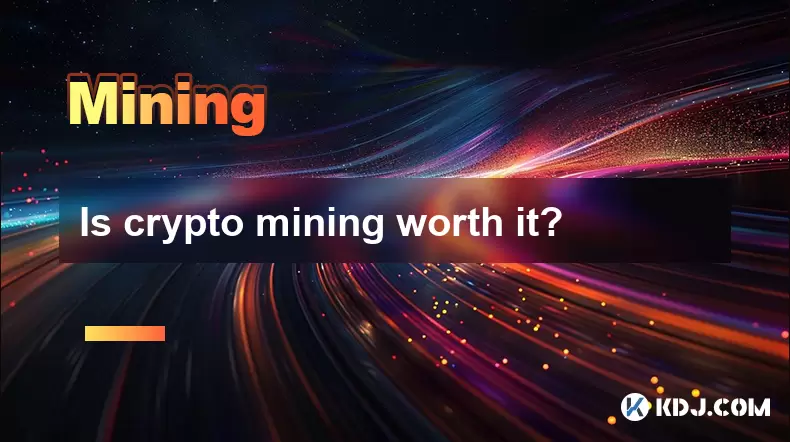
Is crypto mining worth it?
Jul 16,2025 at 01:21am
Understanding the Basics of Crypto MiningCrypto mining refers to the process of validating transactions on a blockchain network by solving complex mat...

How are crypto mining profits taxed?
Jul 14,2025 at 12:28am
Understanding Cryptocurrency Mining and TaxationCryptocurrency mining involves validating transactions on a blockchain network and earning rewards in ...

How to keep a mining rig cool
Jul 12,2025 at 01:42pm
Understanding the Importance of Cooling in Mining RigsCryptocurrency mining is an intensive process that places heavy demand on hardware components, p...

How to mine crypto on a gaming PC
Jul 16,2025 at 12:00pm
What is Crypto Mining on a Gaming PC?Crypto mining involves using your computer's processing power to validate transactions on a blockchain network. A...

How to set up a crypto miner
Jul 16,2025 at 09:14am
Understanding Ethereum Gas Fees: What Are They and How Do They Work?Ethereum gas fees are a fundamental aspect of the network, representing the cost r...

Can you mine crypto on a laptop?
Jul 16,2025 at 02:21am
Is It Feasible to Mine Cryptocurrency on a Laptop?Mining cryptocurrency on a laptop is technically possible, but feasibility depends heavily on the ha...

Is crypto mining worth it?
Jul 16,2025 at 01:21am
Understanding the Basics of Crypto MiningCrypto mining refers to the process of validating transactions on a blockchain network by solving complex mat...
See all articles
























































































